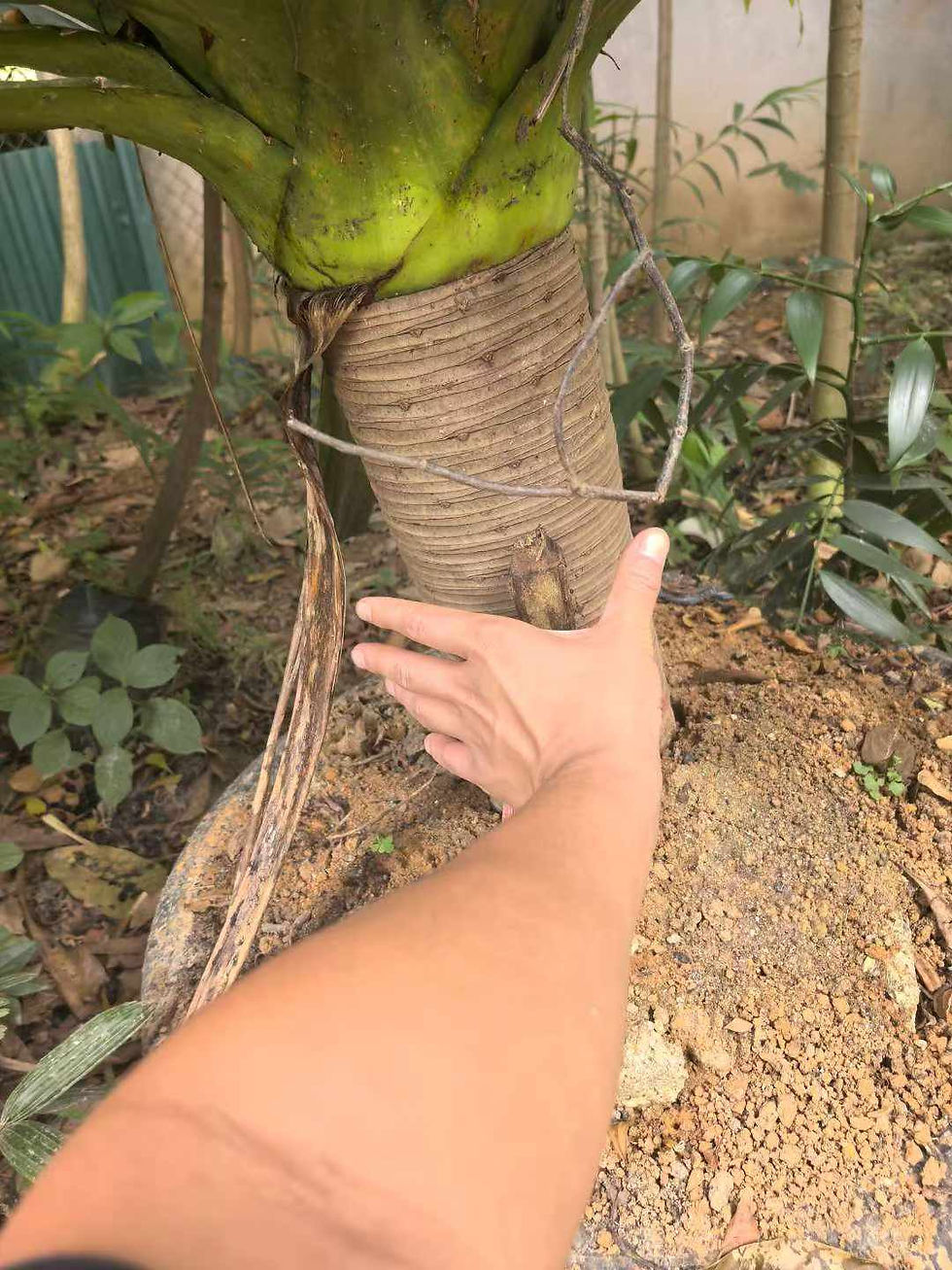Bischofia javanica
Andrachne trifoliata Roxburgh; Bischofia cumingiana Decaisne; B. leptopoda Müller Argoviensis; B. oblongifolia Decaisne; B. roeperiana Decaisne; B. toui Decaisne; B. trifoliata (Roxburgh) Hooker; Microelus roeperianus (Decaisne) Wight & Arnott; Stylodiscus trifoliatus (Roxburgh) Bennett.
Trees to 40 m tall, to 2.3 m d.b.h., evergreen; stem straight, branching lower; bark gray-brown to brown, ca. 1 cm thick, with red latex; branchlets glabrous. Leaves palmately 3(-5)-foliolate; stipules membranous, lanceolate, ca. 8 mm, caducous; petiole 8-20 cm; terminal petiolule 2-5 cm, lateral petiolules 5-20 mm; leaflet blades ovate, elliptic, obovate, or elliptic-ovate, 7-15 × 4-8 cm, papery, sparsely pubescent only on nerves, glabrescent, base broadly cuneate to obtuse, margins with 2 or 3 teeth per cm, apex acute or caudate-acuminate. Plants dioecious. Inflorescence axillary, paniculate; male peduncle 8-13 cm, puberulent to glabrous, female peduncle 15-27 cm, pendent. Male flowers to 2.5 mm in diam.; sepals membranous, semiorbicular, adaxially concave, ladle-shaped, abaxially puberulent outside; filaments short; pistillode small, peltate, pubescent. Female flowers: sepals similar to male but oblong-ovate, margins membranous; ovary smooth, glabrous, 3- or 4-locular; styles 3 or 4, linear, entire. Fruits globose or subglobose, 6-13 mm in diam., brownish. Seeds oblong, ca. 5 mm. Fl. Apr-May, fr. Aug-Oct.
Evergreen forests, open valley woodlands, widely planted on stream banks, cultivated in gardens and along avenues; below 800 m. Anhui, Fujian, Guangdong, Guangxi, Guizhou, Hainan, Henan, Hubei, Hunan, Jiangsu, Jiangxi, Shaanxi, Sichuan, Taiwan, Yunnan, Zhejiang [Bhutan, Cambodia, India, Indonesia, Japan, Laos, Malaysia, Myanmar, Nepal, Philippines, Sri Lanka, Thailand, Vietnam; Australia, Pacific Islands (Polynesia)].
The dark reddish brown wood of Bischofia javanica is heavy and very hard, with a fine structure, and is used for bridges, vehicles, and structural timbers. The bark is a source of a red dye, used to stain rattan baskets. The fruits are mostly used for making wines. The seeds yield 30%-54% oil. The roots are used as a medicine for rheumatalgia and malaria.

































